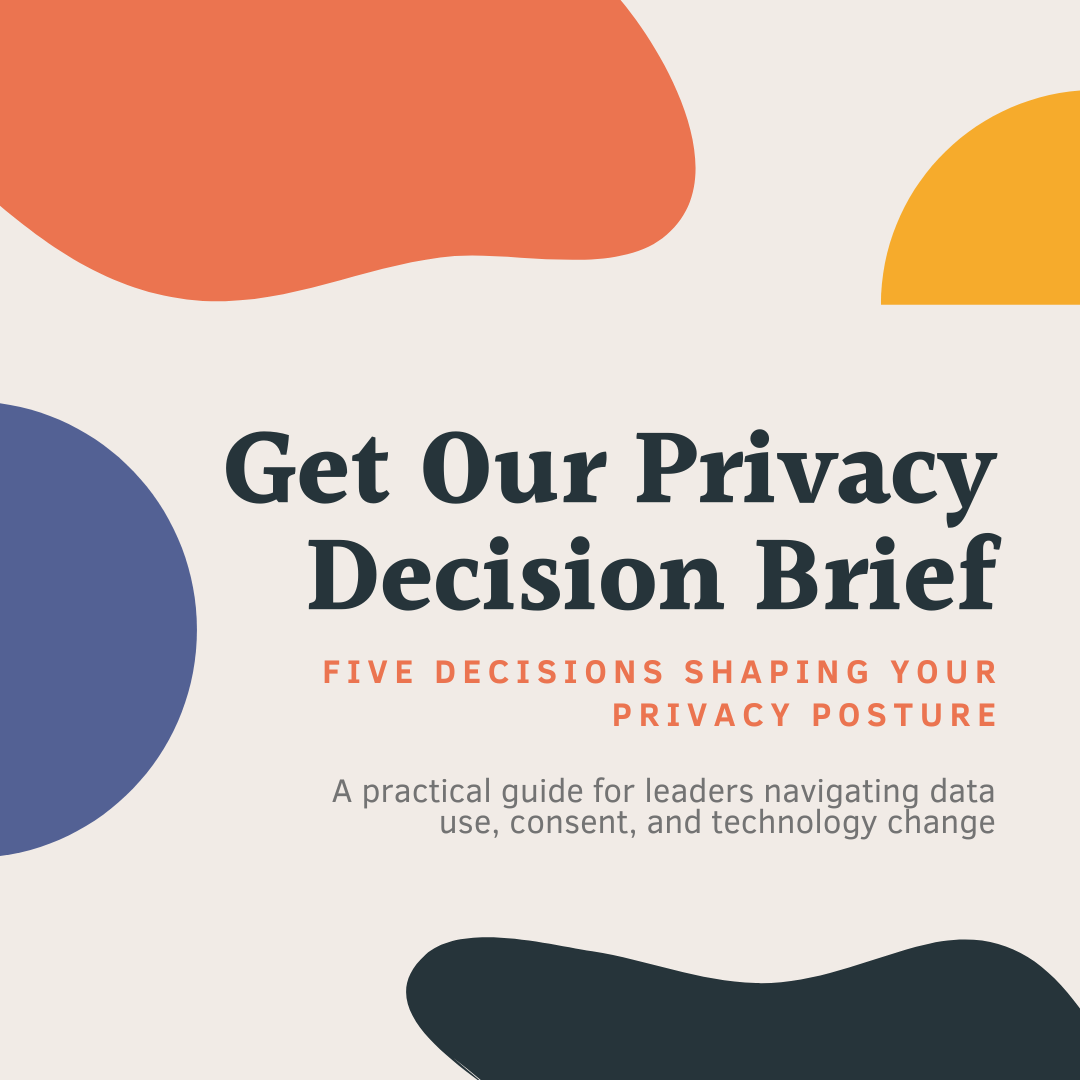Diversifying WITHIN Your Digital Investments
Jan 27, 2023The numbers are in, highlighting how digital spending in 2023 will increase over years prior -- and pointing to what diversification WITHIN digital will look like, rather than simply shifting budgets in and out of offline channels.
- 60% of marketing spend this year -- or $307B -- will occur via digital channels.
- Rather than spending purely in advertising, projections point to a $34B year-over-year jump in data services, data infrastructure, identity resolution and tech stack improvements to focus on efficiency and data ownership.
- Influencer channels are expected to grow 17.5%, which makes sense based on the traction seen there in building first-party data acquisition and organic reach from already-trusted sources.
- Advertising itself will focus more on providers who can target niche audiences, which points to a need for you to understand your file deeply so you know where to point those investments.
- CTV is expected to be a big recipient of investments, growing at a rate of 27%. The big caveat here is that, because efficiency margins will struggle as tracking capabilities change (hence, the upward shift in identity resolution already mentioned), spending will be forced to go up to achieve the same revenue.
All told, this will be a big year to invest in digital infrastructure to future-proof your strategies. While digital spend will be up significantly, it's important to note that the uptick has more to do with ensuring consistency in revenue rather than growth given efficiency changes in how digital will work moving forward.
My Advice for Your Digital Investments this Year
- Start first with understanding your file so you can scale it. As I've mentioned with respect to how media buying will work in a cookie-less world, identity resolution is a strong solution to identifying and linking data from different sources like social media, mobile devices, and more to a specific individual. This allows you to gain insights on what's working and why based on who your base is. It also allows you to more efficiently serve media to others like them rather than relying on third-party cookies for targeting. (Just be sure to check in with your legal team first: you have to release your first-party data to participate, and you'll want to make sure you have audience consent to do that.)
- Stop shrugging off influencers as a source of revenue generation. While it seems like everyone can be an influencer now, it'll be increasingly important to mobilize your base of supporters -- including brand ambassadors -- to organically spread your reach. Many free tools are available to help you find the right spokespeople for your brand and efficiently help them re-share your content. Set your expectations well and position content creators to make reasonable asks of their audiences -- like joining your email list.
- To the point above, get comfortable with a longer tail to revenue conversion from lead-generating sources. As you grow your first-party data acquisition strategy, be realistic about how long it will take a person to convert from lead to customer and be willing to extend your payback window. While it will be less efficient than traditional ways of measurement, this POV will help you account for the ROI of owning your data as it compares to being reliant on third-party exchanges.
- Start paying for your analytics infrastructure. If you didn't already know that Google Analytics (yes, even GA4) isn't GDPR-compliant, now you know. While it's free, the trade-offs to using it forevermore aren't great -- GA doesn't have a reliable consent framework, and because it owns the data you generate, that data can be used however GA sees fit. That places much burden on you to communicate to your audiences that if they frequent your site, their data is going to be used by Google's discretion. Right-size your approach to valuing ROI on this front as well, thinking about the cost in legal advice and privacy compliance to keep GA as it comes to the cost to onboard a new tool. Matomo is largely thought of as a strong, GDPR-compliant alternative beyond just the privacy question.
- Invest in SEO and content strategy infrastructure. Again, these investments won't boost your revenue tomorrow, but they will set you up for consistency in the future and act as a hedge against future ad-tech volatility. Read a few ideas on how to get started.
